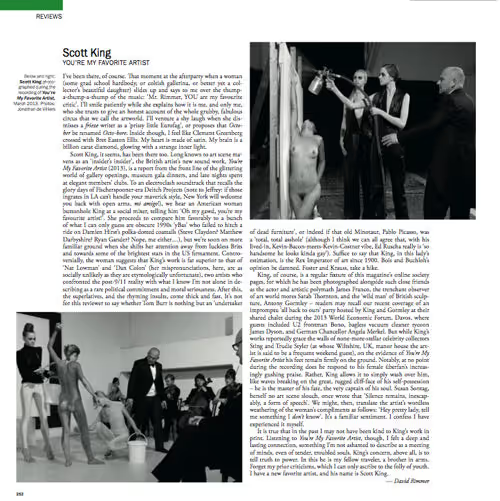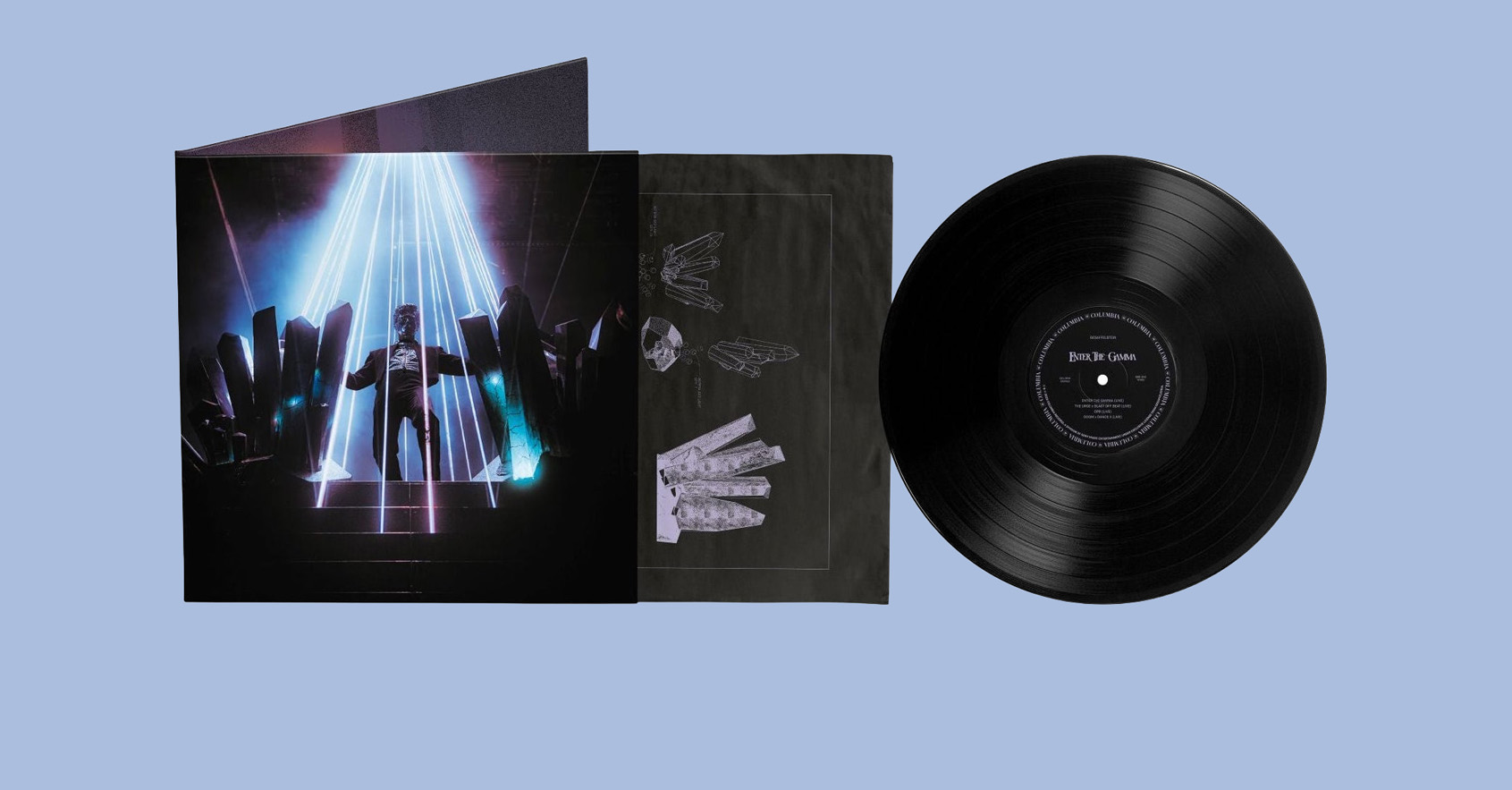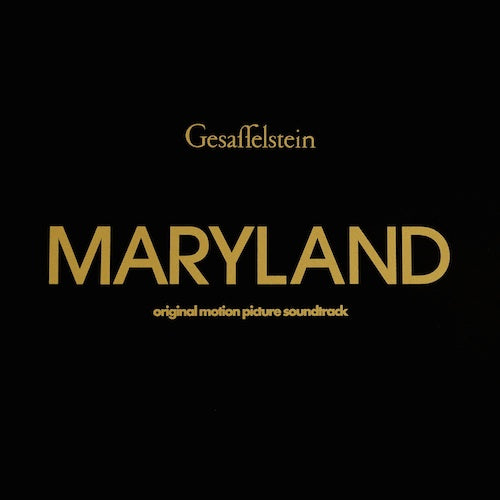Product Name
-
Thank you! Your submission has been received!
Oops! Something went wrong while submitting the form.
+
Remove
$0
$0
Success message won't be visible to user.
Error message won't be visible to user.
Success message won't be visible to user. Coupon title will be listed below if it's valid.
Coupon1
Coupon2
Subtotal
$0
Order Discount
-$0
COUPON2
-$0
Total
$0













.jpg)








.jpg)